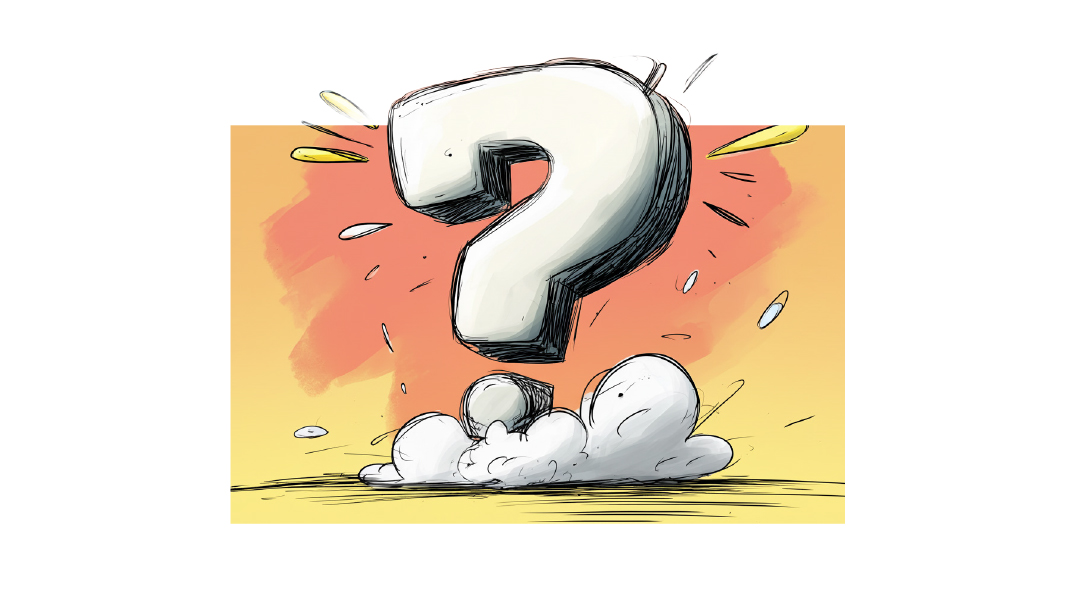Caught in the Act: Part One
| April 30, 2024What can you do if you think your child or student is struggling with this type of fibbing?

Caught in the Act: Part One
Zipora Schuck
T
he fight-or-flight response is the term coined by American physiologist Walter Cannon that describes the body’s innate reaction to a perceived or real threat to safety, or a frightening or highly stressful event. The nervous system quickly revs up and releases hormones that prepare the body to face or flee danger. More recently, researchers have added freeze, the inability to move or act against the threat; and fawn, trying to appease whoever is causing the danger to avoid conflict; to the range of possible responses to danger or stress.
There is a fifth response that children struggling with varying degrees of ADHD or anxiety sometimes exhibit, and that is fib. Fibbing or using fabrications, smaller untruths or inaccuracies, allows the child to reduce the immediate threat.
The fib mechanism serves the child in a number of ways. It offers temporary protection from the feeling of having disappointed someone else like a parent or teacher; it can deflect anger or consequences; it allows the child an extension, giving him/her some time to process his feelings or wait until the threat has passed; and can be a function of self-preservation, allowing the child to keep his/her self-esteem intact without feeling shame.
These children are not setting out to intentionally lie or mislead. But when facing stress, they may be unable to refrain from fibbing because of weak inhibition and/or faulty working memory — i.e., the failure to use hindsight, thinking about what has happened in the past, and/or foresight, considering the long-term complications once they’re found out. They may suffer from poor emotional regulation and feel overwhelming fear when facing a highly stressful situation. Alternately, they may lack problem-solving skills or the ability to access them when overwhelmed.
What can you do if you think your child or student is struggling with this type of fibbing?
Tell, don’t ask. Instead of: “Did you spill the milk?”
Try: “I see a spill that needs to be wiped.”
Give information, don’t get it. Instead of: “Why didn’t you get your parent to sign the test?”
Try: “Tests require a parent’s signature. Please take care of this tonight.”
Avoid putting children on the spot and demanding answers; rather use curiosity and give them the benefit of time.
Instead of: “Did you do this?”
Try: “I’ll come back in a little bit to discuss what happened here.”
Instead of: “Tell me right now.”
Try: “I’m wondering if there’s something about this question that’s worrying you.”
Most importantly, teach, don’t preach. Instead of delivering a mussar shmuess in the heat of the moment about the punishment for lying, help your child or student learn some more adaptive skills or tools to help themselves when feeling under attack. They can be encouraged to use relaxing breathing and ask for time before answering, or request an adult’s help to navigate a hard situation without fear of being judged. Whenever the child does own up or offers a truthful answer, always remember to reinforce that behavior.
(In Part Two, we’ll discuss fibbing as it relates to exaggerations, tall tales, and significant inaccuracies.)
Zipora Schuck MA. MS. is a NYS school psychologist and educational consultant for many schools in the NY/NJ area. She works with students, teachers, principals, and parents to help children be successful.
Decoding Codependence
Abby Delouya
C
odependence has been a buzzword for years now. We know it’s important to maintain healthy boundaries, nurture ourselves as individuals, and engage in self-care and personal growth. But how does that play out in a marriage? Two people living on two “islands” isn’t exactly a recipe for emotional closeness. How do we stay close without blurring ourselves too much?
A healthy marriage requires both people to be interdependent. That means that you respect your own individuality, recognize that your partner is a separate entity from yourself, but also engage closely. You know when to support each other, pick up slack for each other, and are comfortable asking each other for help.
In contrast, codependent relationships are usually marked by one partner having an excessive need to be taken care of while the other constantly prioritizes the first one’s needs before their own. The second partner worries and makes decisions only factoring how it would affect the first, and at least one partner feels they would cease to exist without the other one in their lives. Codependency is the loss of one’s sense of self to please the other.
In interdependent relationships, both partners depend on one another, but not in an unhealthy way. They balance taking care of themselves and others. They can hear their partner’s perspectives without feeling like their needs are overshadowed, and they feel that both partners matter equally. While each works to support their spouse, they are not acting out of fear or people-pleasing, but from a place of thoughtful intention.
Interdependence and codependence can occur in every type of relationship, and it’s important to check in on the emotional health of any relationship: Is there one person controlling everything? Have I lost my sense of self? Do I have difficulty spending time alone? Have I sacrificed any other important relationships for this one? Keep your finger on the pulse of every relationship to maintain a healthy perspective.
Abby Delouya RMFT-CCC, CPTT is a licensed marriage and family therapist in private practice, specializing in trauma and addiction. Abby is also the COO and Director of Intake of Ray of Hope.
Energy Ebb and Flow
Shoshana Schwartz
Name three activities you find draining.
Now name three activities that boost your energy.
Your list might look vastly different from your sister’s or husband’s. It will vary based on factors like personality, age, pace, lifestyle, and experience. Social events might rev up a boisterous teen but exhaust a contemplative zeidy. Similarly, a nature-loving woman may find solace in gardening, while her action-seeking husband cringes at the slow pace.
Different activities can physically, emotionally, or spiritually energize or deplete us. Certain tasks may be demanding in the moment, but they can lead to a surge of endorphins or a sense of purpose or accomplishment afterward. Intensive exercise, complex problem-solving, or family gatherings might be draining, but they can provide an energy boost that kicks in hours later.
Recognizing your energy sources and drains enables you to alternate high-exertion tasks with energy-giving ones, so you can find a rhythm and balance that works for you. This awareness can help you maintain equilibrium across physical, emotional, and spiritual realms.
Shoshana Schwartz specializes in compulsive eating, codependency, and addictive behaviors.
(Originally featured in Family First, Issue 891)
Oops! We could not locate your form.







